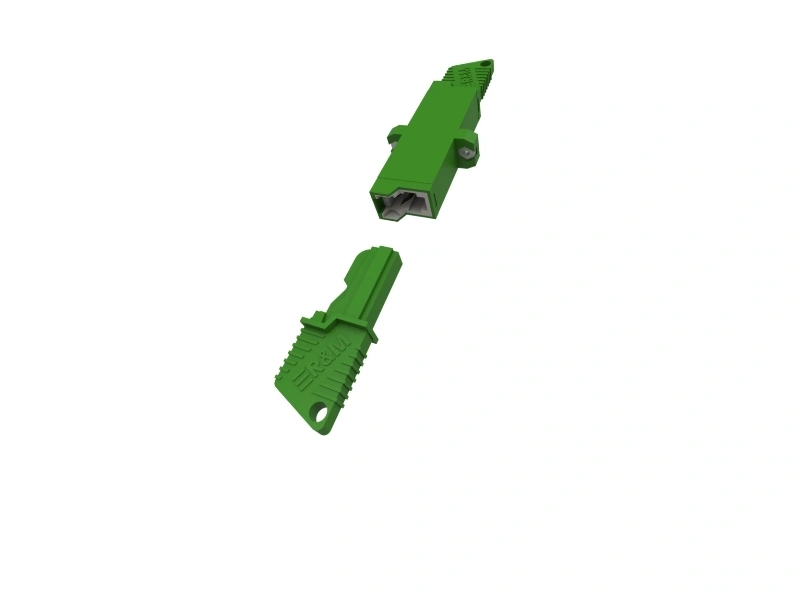Understanding the Composition of Fiber Optic Connectors

Fiber optic connectors play a crucial role in the transmission of data through fiber optic cables. These connectors are designed to join fiber optic cables together, ensuring seamless and efficient transmission of information. One vital aspect of fiber optic connectors is the materials used in their construction. Let's delve into the various materials used in the making of fiber optic connectors.
1. Ferrule Material
The ferrule is a key component of a fiber optic connector and is responsible for aligning and securing the fiber cores. It is typically made of ceramic, metal, or plastic. Ceramic ferrules offer excellent stability, precision, and durability, making them the most common and preferred material in high-quality connectors. Metal ferrules, such as stainless steel or titanium, are used for specialized applications requiring enhanced mechanical strength. Plastic ferrules, on the other hand, are cost-effective but may not provide the same level of precision and durability as ceramic or metal options.
2. Connector Housing Material
The connector housing encloses the ferrule and provides protection to the delicate components inside. Common materials used for connector housings include metal alloys, plastic, and composite materials. Metal housings, such as aluminum or stainless steel, offer excellent strength and durability, making them suitable for harsh environments and industrial applications. Plastic housings, often composed of polycarbonate or polymer materials, are lightweight, cost-effective, and widely used in consumer-grade applications.
3. Cable Jacket Material
The cable jacket is the outer layer of the fiber optic cable, which provides protection against physical damage and environmental factors. Different types of cables may require jackets made of specific materials. Common options include PVC, LSZH (Low Smoke Zero Halogen), and TPU (Thermoplastic Polyurethane). PVC jackets are widely used due to their affordability and flexibility but are not recommended for certain environments, such as data centers, as they can emit toxic fumes when burned. LSZH jackets eliminate health hazards by producing minimal smoke and halogen gas. TPU jackets offer better resistance to abrasion and are suitable for outdoor and industrial applications.
Conclusion
In conclusion, fiber optic connectors are composed of various materials that are carefully selected based on their performance, cost, and environmental factors. The ferrule material determines the precision and durability of the connector, while the connector housing material provides mechanical strength and protection. The choice of cable jacket material depends on the intended application and the desired level of protection against different hazards. Considering these materials is essential for selecting the most suitable fiber optic connectors for specific applications and ensuring reliable data transmission.



